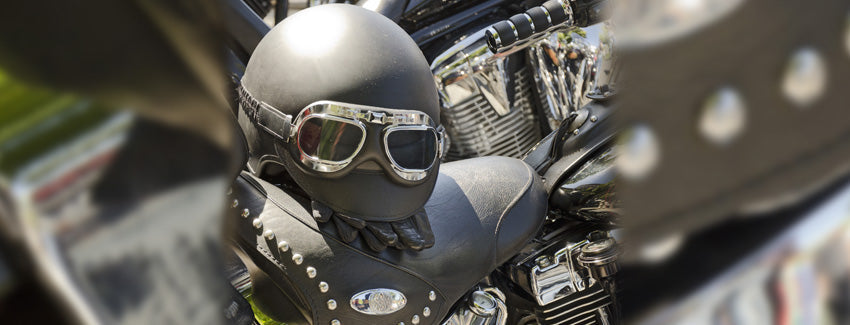News that Harley-Davidson is closing one its plants amid declining sales may come as a shock to some people.
If so, those people are not paying attention to the motorcycle market.
Bike sales jumped when gasoline spiked into the $3-per-gallon range a few years back. While prices stayed in that range, scooter sales remained strong. When prices began to drop, so did motorcycle sales.
But sales in some places and segments remain strong.
Certain segments of the riding community are growing. USA Today reports, "Total U.S. motorcycle registrations reached 8.4 million in 2014, almost doubled the number since 2000, according to the Motorcycle Industry Council. And many of those registrations belong to women. In 1998, only 8% of motorcycle owners were women. By 2014, the most recent year in which the council has statistics, female ownership had increased to 14%."
Bike sales by other makers are doing well.
"Reported sales for Polaris motorcycles in 2017 are down 18 percent. That sounds bad, but if you exclude Victory, sales were up 7 percent. In other words, sales of Indian and Slingshot went way up, but the total sales number for Polaris was down because Victory stopped existing early in 2017. Sales of the brands that still exist were especially good in the fourth quarter of 2017 with Polaris reporting a 17 percent sales increase for Indian and Slingshot sales almost doubling. In total, Polaris motorcycle sales were up 26 percent (excluding Victory) in Q4," says The Drive.
Looking beyond the US and Polaris, sales in other countries are allots skyrocketing. Suzuki reported a 41.7 percent increase in India. BMW Mororrad sales jumped 13.2 percent globally, marking the seventh year in a row for an increase. Bajaj Auto is ip 36 percent. TVS Motor Company is up 16.3 percent.
With reports like this coming in from everywhere, the question must become, why is HD slumping?
One reason has to be reliability. "Harley-Davidson owners are twice as likely to experience problems that require repairs as owners of the Japanese brands, with 26% of new bikes needing attention," says a report in the LA Times. The Times report is based on studies from Consumer Reports.
That can't explain all of it. BMW and some other premium brands are even more likely than HD to need repair work.
What about price? May have something there. New and used Harleys cost considerably more than Japanese imports, but not as much as some of the higher-end rides.
Yeah, HD keeps its resale value, but how many people think of that when buying a ride? Older riders maybe, but not the younger generation. $10,000 matters.
People just don't have the disposable income like they used to.
HD also has an image problem. Yes. An image problem. HD is seen either a bike for hardened criminals, 1%ers, or a ride for old white guys in a mid-life crisis.
Today's younger riders are eager to shed the trappings of their parent's generation. Nothing new there. Happens with every generation. Easy Rider is 50 years old, coincidentally the same age as me. Let that settle in.
Instead of trying to change to appear cool to the new generation of potential riders, the HD marketing department appears to be burning doughnuts on the factory floor. The ads target the same core group of HD riders, a group that is aging and, yes, dying.
Younger riders are just not into the HD mystique.
Point blank - Harley has a rep as a bike that constantly needs repairs, is over-priced and is the Oldsmobile-Buick of the biker world. In other words, it's for old people who have money to burn.
HD is in trouble, trouble of its own making. To regain market share and come back, it is going to HAVE to drop prices, improve quality and get a marketing firm that tells the younger people why riding a HD is exciting.
Harley's problems are self-created

Tags: Everything else




